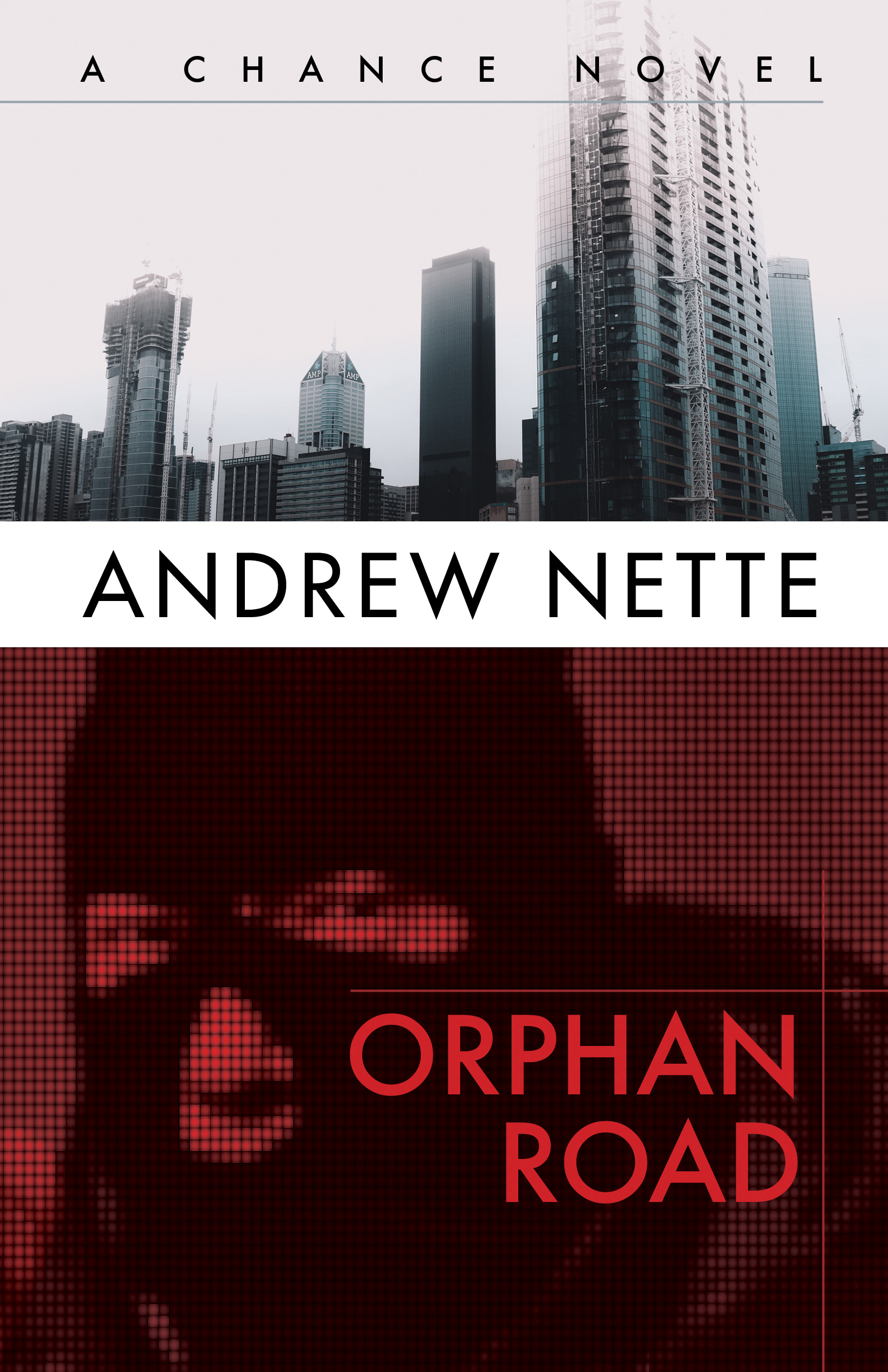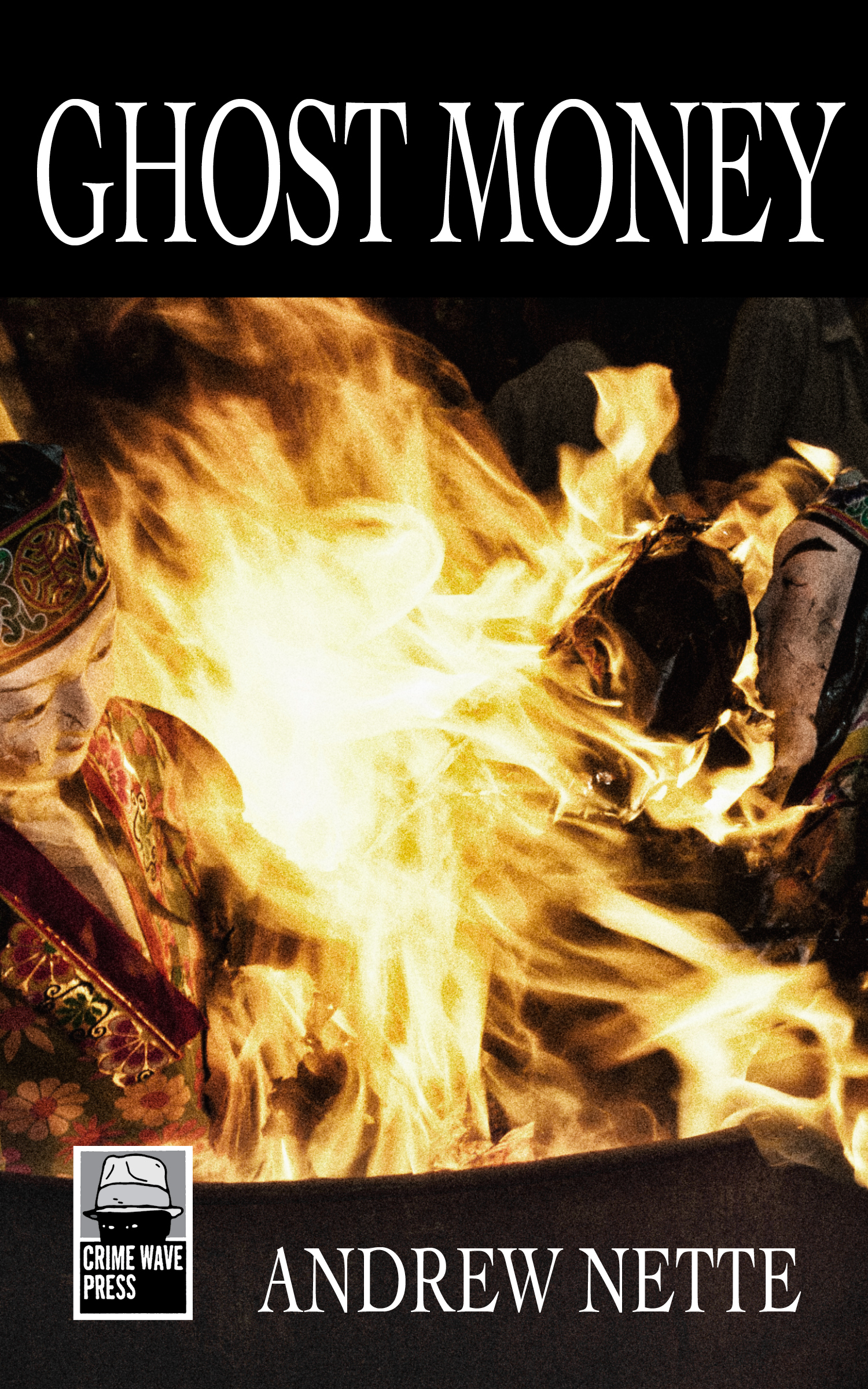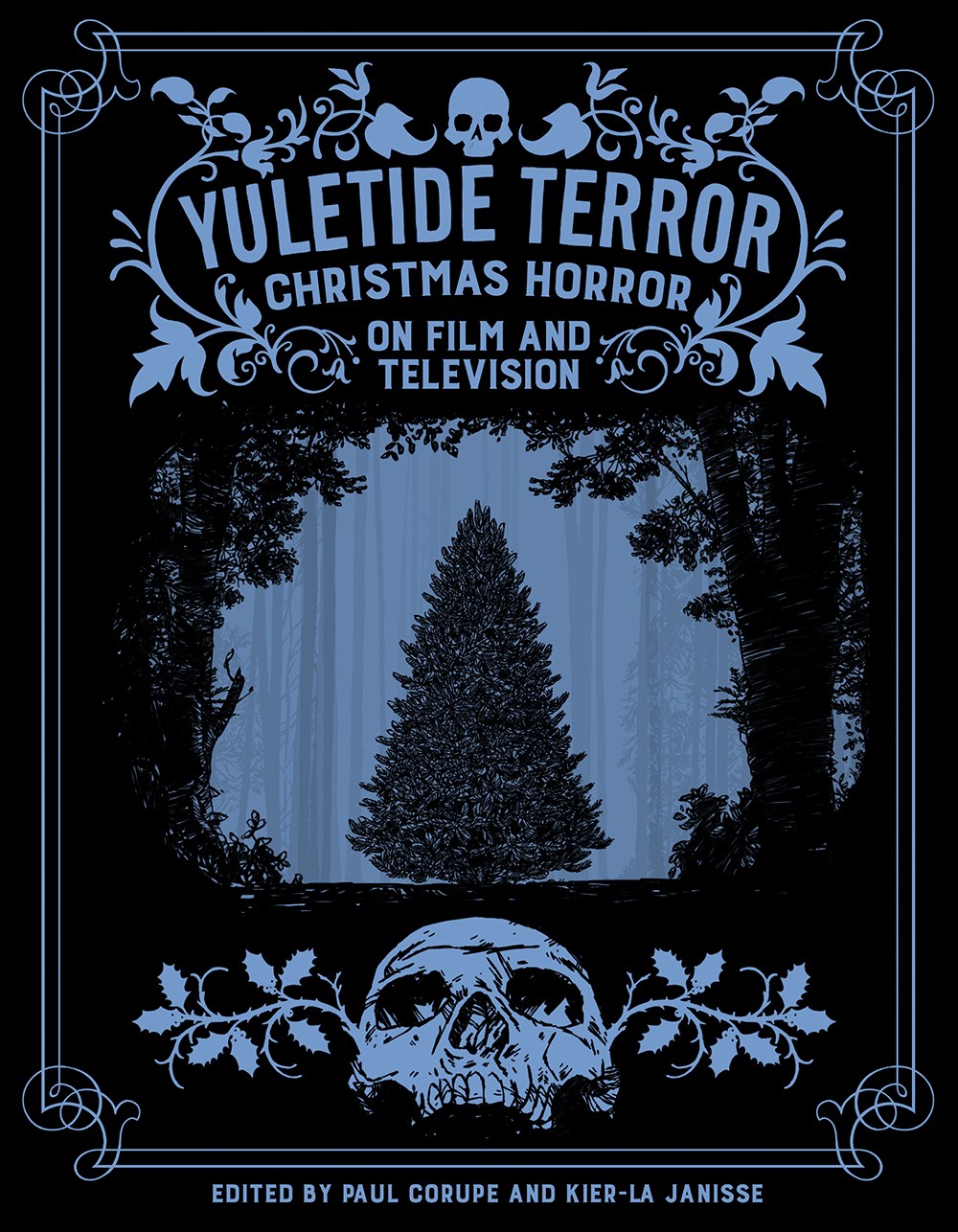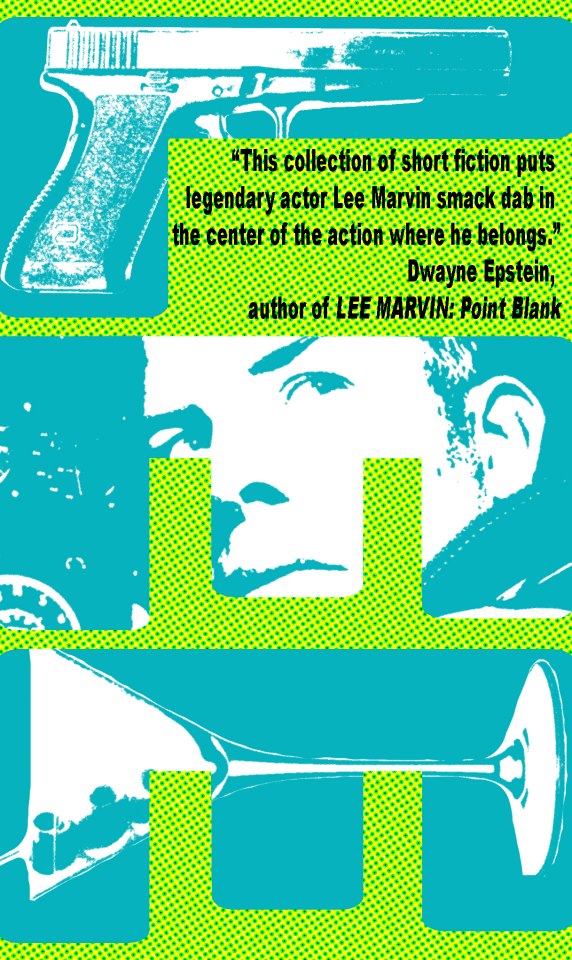 Drifting between a very cool girl and a very warm one… A funky nighttime love story, so vivid you can taste it, hear it, feel it…
Drifting between a very cool girl and a very warm one… A funky nighttime love story, so vivid you can taste it, hear it, feel it…
Today’s Pulp Friday is a story of sexual jealously, drug use, lost opportunities and jazz, set in the San Francisco suburb of North Beach, ground zero of the West Coast beat scene in the early sixties.
Fawcett Gold Medal first published Shake Him Till He Rattles in 1963. The story centres on a horn-playing beatnik called Cabiness, the target of some very unwelcome attention on the part of a junkie vice cop, Carver. Not only does Carver have it in for jazz musicians, he believes Cabiness is a major player in the North Beach drug scene and wants to turn him into his snitch.
Cabiness is not a major criminal. He’s not a major anything, really. His only aim in life is to “smoke a little pot and blow my horn”, much to the chagrin of his girlfriend, Jean, who is getting tired of the scene. She hassles him about wasting his talent. To which he replies: “Music is just music until you start trying to sell it; then it changes in a lot of ways. A lot of things change. You end up with a product…. I’d have to be some other person, Change myself in some ways. You dig?”
Shake Him Till He Rattles is a superior piece of pulp fiction, a well written, shrewdly observed tale. The characters, the way they speak, the descriptions of the drug milieu and jail, are vivid and real, as is the writing about jazz, something most pulp books dealing with beat culture pay only cursory attention to in order to signify a cultural time and place.
The author, Malcolm Braly, once called ‘the patron saint of losers’, obviously had first hand knowledge of what he was writing about. Abandoned by his parents, he spent his youth in foster homes and institutions for delinquent children. By the time he was forty, Braly had spent seventeen years in various jails for burglary related offences.
Shake Him Till He Rattles was one of three novels Braly wrote behind bars. The others include Felony Tank (1961) and It’s Cold Out There (1966). Upon his release in 1965 he began his known best book, On The Yard, about his time in prison. Prison authorities threatened to revoke his parole when they found out what he was doing and he completed it in secret. It was published upon the end of his parole in 1967. He died in a car accident at the age of fifty-four.




















Sigh….another one I have to track down….
Ha! How is Saint Jack going?